Home>Renovation & DIY>Home Renovation Guides>How Many Square Feet For Kitchen Backsplash
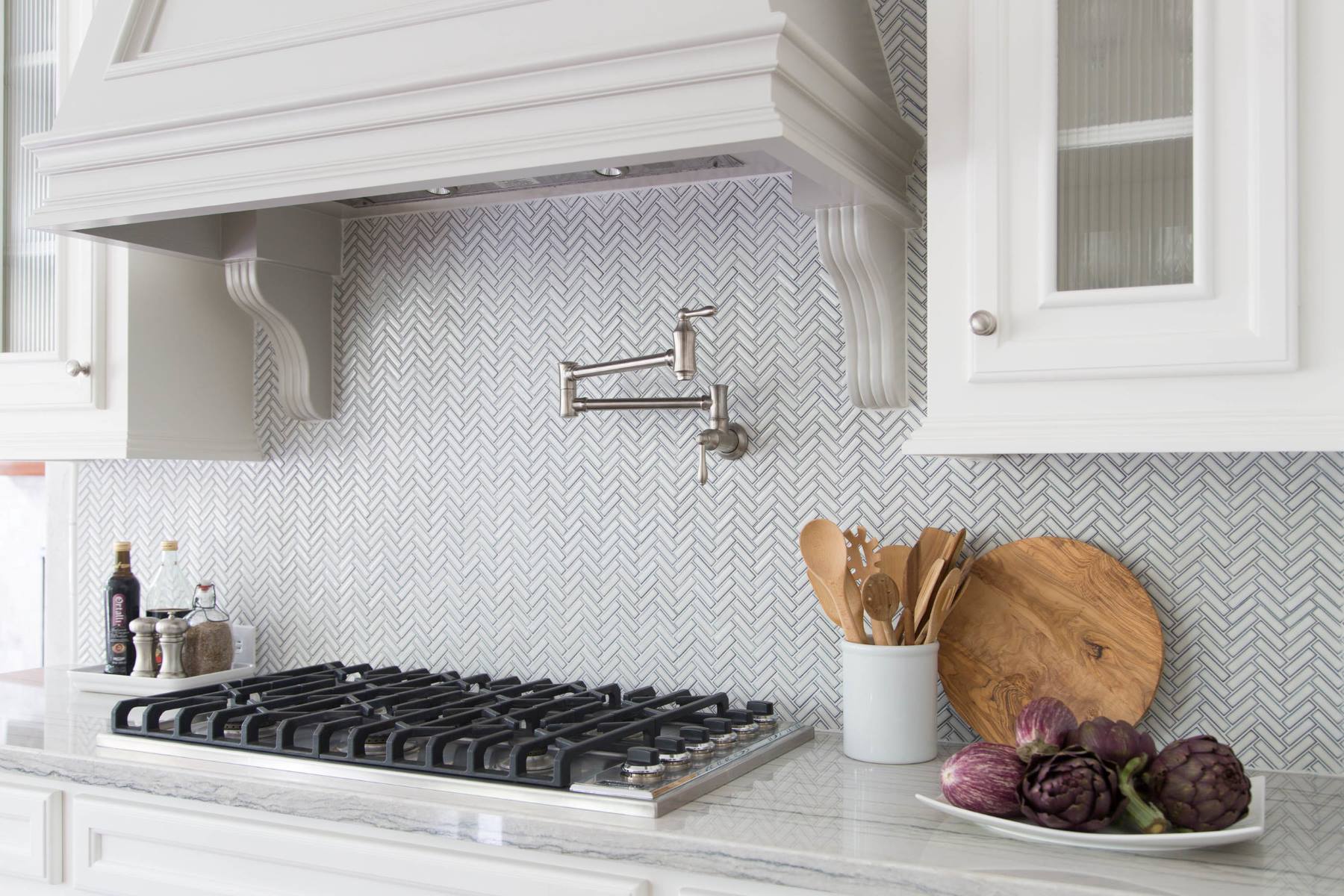

Home Renovation Guides
How Many Square Feet For Kitchen Backsplash
Published: February 8, 2024
Discover the ideal square footage for your kitchen backsplash with our comprehensive home renovation guide. Get expert tips and advice for your next project.
(Many of the links in this article redirect to a specific reviewed product. Your purchase of these products through affiliate links helps to generate commission for Storables.com, at no extra cost. Learn more)
Introduction
When it comes to renovating your kitchen, the backsplash is a crucial element that can elevate the overall aesthetic and functionality of the space. A well-chosen backsplash not only protects your walls from spills and splatters but also serves as a focal point, adding personality and style to the heart of your home. Whether you're a seasoned DIY enthusiast or enlisting the help of professionals, understanding the square footage required for your kitchen backsplash is essential for a successful renovation project.
In this comprehensive guide, we will delve into the factors to consider when determining the square footage for your kitchen backsplash, explore the standard sizes for backsplashes, and provide insights into calculating the square feet needed for your specific kitchen layout. Additionally, we will discuss popular materials for backsplashes, offering valuable information to help you make an informed decision that aligns with your design preferences and practical needs.
As we embark on this journey through the realm of kitchen renovations, we aim to equip you with the knowledge and confidence to approach your backsplash project with clarity and creativity. Whether you're envisioning a sleek and modern subway tile design or a timeless mosaic pattern, understanding the square footage requirements will lay the foundation for a seamless and visually stunning kitchen transformation.
So, let's roll up our sleeves and dive into the world of kitchen backsplashes, where functionality meets style, and where the right square footage can make all the difference in bringing your culinary haven to life.
Key Takeaways:
- Calculating the square footage for your kitchen backsplash involves measuring the wall area, considering design elements, and selecting the right material. This ensures a successful and visually stunning renovation.
- Popular backsplash materials like ceramic tiles, glass, and natural stone offer unique styles and practical benefits. Choosing the right material can infuse your kitchen with personality and enduring functionality.
Read more: How Many Square Feet Is A Pallet Of Grass
Factors to Consider
When determining the square footage needed for your kitchen backsplash, several factors come into play, each influencing the overall requirements and design decisions. Understanding these factors is crucial in ensuring a seamless and well-executed renovation project. Here are the key considerations to keep in mind:
-
Wall Surface Area: The first and most fundamental factor is the total surface area of the walls where the backsplash will be installed. Measure the length and height of each wall to be covered, taking into account any obstructions such as cabinets, appliances, and windows. This accurate measurement forms the basis for calculating the square footage needed for the backsplash material.
-
Design and Layout: The design and layout of your backsplash can significantly impact the square footage required. Intricate patterns, diagonal installations, or custom designs may result in more material wastage and, consequently, a higher square footage. Additionally, if your design includes a focal point or extends beyond the standard backsplash area, such as behind the range hood, accounting for these variations is essential.
-
Tile Size and Pattern: The size and pattern of the tiles or backsplash material you choose play a pivotal role in determining the square footage needed. Larger tiles may require fewer pieces to cover the same area compared to smaller tiles. Similarly, certain patterns or designs may necessitate more precise cutting and result in increased material wastage, impacting the overall square footage calculation.
-
Grout Lines: While often overlooked, the width of grout lines between tiles can affect the square footage required for the backsplash. Wider grout lines may necessitate more material to cover the same area, while thinner lines can reduce the overall square footage needed. Considering the desired grout line width is essential for an accurate estimation.
-
Material Overlap and Wastage: When installing a backsplash, it's important to account for material overlap and potential wastage during cutting and fitting. Depending on the material and installation method, a certain percentage of wastage should be factored into the square footage calculation to ensure you have an adequate supply of materials for the project.
By carefully considering these factors, you can approach the square footage calculation for your kitchen backsplash with precision and foresight, setting the stage for a successful and visually impactful renovation.
Standard Size for Kitchen Backsplash
The standard size for a kitchen backsplash is typically determined by the area between the countertops and the upper cabinets. This space, often referred to as the "backsplash area," serves as a protective and decorative element, creating a seamless transition between the countertops and the wall cabinets. While there is no fixed rule dictating the exact dimensions of a kitchen backsplash, common practice and design conventions have established certain standard guidelines.
In most kitchens, the backsplash area extends from the countertop to the underside of the upper cabinets, covering a vertical space of approximately 18 inches. This standard height ensures that the backsplash provides adequate protection against splashes and spills while complementing the overall design of the kitchen. However, variations in the height of the backsplash can occur based on individual preferences, architectural features, or specific design considerations.
In addition to the height, the width of the backsplash area is also a key aspect of its standard size. The width typically spans the entire length of the countertop area, creating a continuous and cohesive visual effect. Whether the countertop runs along a single wall or wraps around multiple surfaces, the backsplash is customarily designed to follow the horizontal expanse of the countertop, providing a harmonious backdrop for the culinary space.
While these standard dimensions offer a foundational framework for kitchen backsplashes, it's important to note that customization and personalization play a significant role in determining the final size and layout. Design variations, such as extending the backsplash to the ceiling, incorporating decorative accents, or integrating functional elements like open shelving, can expand the standard size to create a unique and tailored aesthetic.
Ultimately, the standard size for a kitchen backsplash serves as a starting point, offering a reference for proportion and functionality. However, the flexibility to adapt and innovate within these parameters empowers homeowners and designers to craft backsplashes that not only meet practical needs but also reflect individual style and creativity. By understanding the standard size as a baseline and embracing the potential for customization, you can embark on a backsplash journey that seamlessly integrates form and function, transforming your kitchen into a captivating and personalized culinary haven.
Calculating the Square Feet Needed
Calculating the square footage needed for your kitchen backsplash is a critical step in the renovation process, requiring precision and attention to detail. By following a systematic approach, you can ensure that you have the right amount of materials to cover the designated area, minimizing wastage and potential setbacks. Here's a comprehensive guide to help you navigate the process of calculating the square feet needed for your kitchen backsplash.
Step 1: Measure the Wall Surface Area
Begin by measuring the total surface area of the walls where the backsplash will be installed. Using a tape measure, record the length and height of each wall, taking into account any obstructions such as cabinets, appliances, and windows. It's essential to measure each wall separately to accommodate variations in dimensions.
Read more: How Many Square Feet In A Roll Of Insulation
Step 2: Account for Design Variations
Consider the design and layout elements that may impact the square footage calculation. If your backsplash design includes intricate patterns, custom features, or extends beyond the standard backsplash area, such as behind the range hood, make note of these variations. Additionally, if the design incorporates focal points or decorative accents, factor in the additional square footage required to accommodate these elements.
Step 3: Select the Backsplash Material and Tile Size
Choose the material and tile size for your backsplash, as this will directly influence the square footage needed. Whether you opt for classic subway tiles, elegant mosaic patterns, or sleek large-format tiles, the dimensions of the chosen material will determine the quantity required to cover the measured wall surface area.
Step 4: Consider Grout Lines and Wastage
Take into account the width of grout lines between the tiles, as wider grout lines may necessitate more material to cover the same area. Additionally, factor in the percentage of material wastage during cutting and fitting, which varies based on the material and installation method. It's advisable to consult with your installer or supplier to determine the appropriate wastage allowance for the selected material.
Step 5: Calculate the Square Footage
Once you have gathered the necessary measurements and design considerations, calculate the square footage needed by multiplying the total wall surface area by the percentage of material wastage. This calculation provides a precise estimate of the amount of backsplash material required to cover the designated space, accounting for design variations and installation considerations.
By following these steps and considering the specific requirements of your kitchen backsplash project, you can confidently calculate the square footage needed, laying the groundwork for a successful and visually stunning renovation. With a clear understanding of the essential factors and a meticulous approach to measurement and calculation, you can embark on your backsplash project with confidence, knowing that the square footage has been accurately determined to bring your design vision to life.
Read more: How Many Square Feet Is A Bathtub Surround?
Popular Backsplash Materials
When it comes to selecting the perfect material for your kitchen backsplash, a myriad of options awaits, each offering unique characteristics, aesthetics, and practical benefits. From timeless classics to contemporary innovations, the choice of backsplash material plays a pivotal role in defining the overall ambiance and functionality of your kitchen space. Let's explore some of the most popular backsplash materials that have captured the imagination of homeowners and designers alike.
1. Ceramic and Porcelain Tiles
Ceramic and porcelain tiles stand as enduring favorites for kitchen backsplashes, renowned for their versatility, durability, and extensive range of colors and patterns. These materials offer a timeless appeal, effortlessly complementing various design styles while providing a resilient and easy-to-clean surface that withstands the rigors of culinary activities.
2. Subway Tiles
Embodying a classic yet contemporary charm, subway tiles have become synonymous with elegant and understated backsplash designs. Their rectangular shape and beveled edges create a visually captivating backdrop, adding a touch of sophistication to the kitchen. Available in an array of colors and finishes, subway tiles offer endless possibilities for creating cohesive and stylish kitchen aesthetics.
3. Glass Tiles
With their luminous and reflective properties, glass tiles infuse kitchens with a sense of modernity and luminosity. These tiles come in a spectrum of hues and finishes, allowing for the creation of striking visual effects and a seamless integration of color into the kitchen space. Additionally, their non-porous nature makes them resistant to stains and moisture, enhancing both the visual appeal and practicality of the backsplash.
Read more: How Many Square Feet Is 13 Stairs
4. Natural Stone
For those seeking a touch of organic elegance, natural stone backsplashes, such as marble, travertine, and slate, offer a captivating blend of texture and timeless beauty. Each piece of natural stone boasts unique veining and characteristics, adding a sense of individuality to the kitchen. While requiring proper sealing and maintenance, natural stone backsplashes exude a luxurious and earthy allure.
5. Mosaic Tiles
Mosaic tiles present an opportunity for artistic expression and intricate detailing in kitchen backsplash designs. These small, intricately arranged tiles come in a diverse array of materials, including glass, ceramic, and stone, allowing for the creation of captivating patterns, gradients, and visual focal points. Mosaic backsplashes serve as a canvas for creativity, infusing the kitchen with personality and charm.
6. Stainless Steel
Embracing a sleek and industrial aesthetic, stainless steel backsplashes offer a contemporary and hygienic solution for modern kitchens. Their reflective surface adds a sense of depth and brightness to the space, while their resistance to heat, stains, and corrosion makes them an ideal choice for culinary environments. Stainless steel backsplashes are favored for their seamless integration with professional-grade appliances and contemporary design themes.
By exploring the diverse array of popular backsplash materials, you can gain valuable insights into the unique characteristics and design possibilities offered by each option. Whether you gravitate towards the timeless allure of ceramic tiles, the contemporary elegance of glass, or the organic beauty of natural stone, the choice of backsplash material presents an opportunity to infuse your kitchen with style, personality, and enduring functionality.
Conclusion
In conclusion, the square footage for your kitchen backsplash is a fundamental consideration that intertwines practicality, aesthetics, and meticulous planning. By understanding the factors that influence the square footage requirements, such as the wall surface area, design elements, tile size, and material wastage, you can approach your backsplash project with clarity and precision. The standard size for a kitchen backsplash provides a foundational framework, offering guidance while allowing for customization and personalization to reflect individual style and design preferences.
Calculating the square footage needed for your kitchen backsplash involves a systematic approach, encompassing accurate measurements, design considerations, and material selection. By following a step-by-step process and accounting for the specific requirements of your project, you can ensure that the square footage is calculated with precision, laying the groundwork for a successful renovation.
Exploring the diverse array of popular backsplash materials reveals a world of possibilities, each offering unique characteristics and design potential. Whether you are drawn to the timeless appeal of ceramic tiles, the contemporary allure of glass, or the organic elegance of natural stone, the choice of backsplash material presents an opportunity to infuse your kitchen with style, personality, and enduring functionality.
As you embark on your backsplash journey, armed with a comprehensive understanding of square footage requirements and a wealth of design options, you are poised to transform your kitchen into a captivating and personalized culinary haven. By embracing the intersection of functionality and style, you can elevate the heart of your home, creating a space that not only serves as a practical culinary environment but also as a reflection of your unique tastes and preferences.
In essence, the square footage for your kitchen backsplash serves as a cornerstone, anchoring the renovation process and guiding the realization of your design vision. With careful consideration, creativity, and attention to detail, your backsplash project has the potential to become a transformative and visually stunning endeavor, breathing new life into your kitchen and setting the stage for memorable culinary experiences for years to come.
Frequently Asked Questions about How Many Square Feet For Kitchen Backsplash
Was this page helpful?
At Storables.com, we guarantee accurate and reliable information. Our content, validated by Expert Board Contributors, is crafted following stringent Editorial Policies. We're committed to providing you with well-researched, expert-backed insights for all your informational needs.
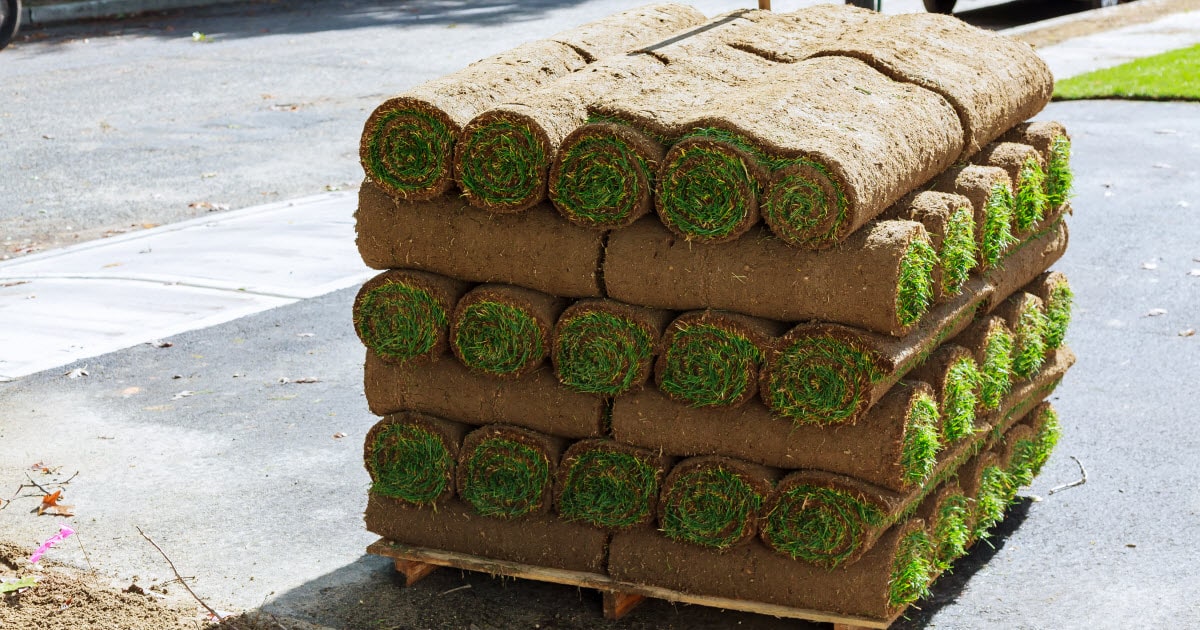
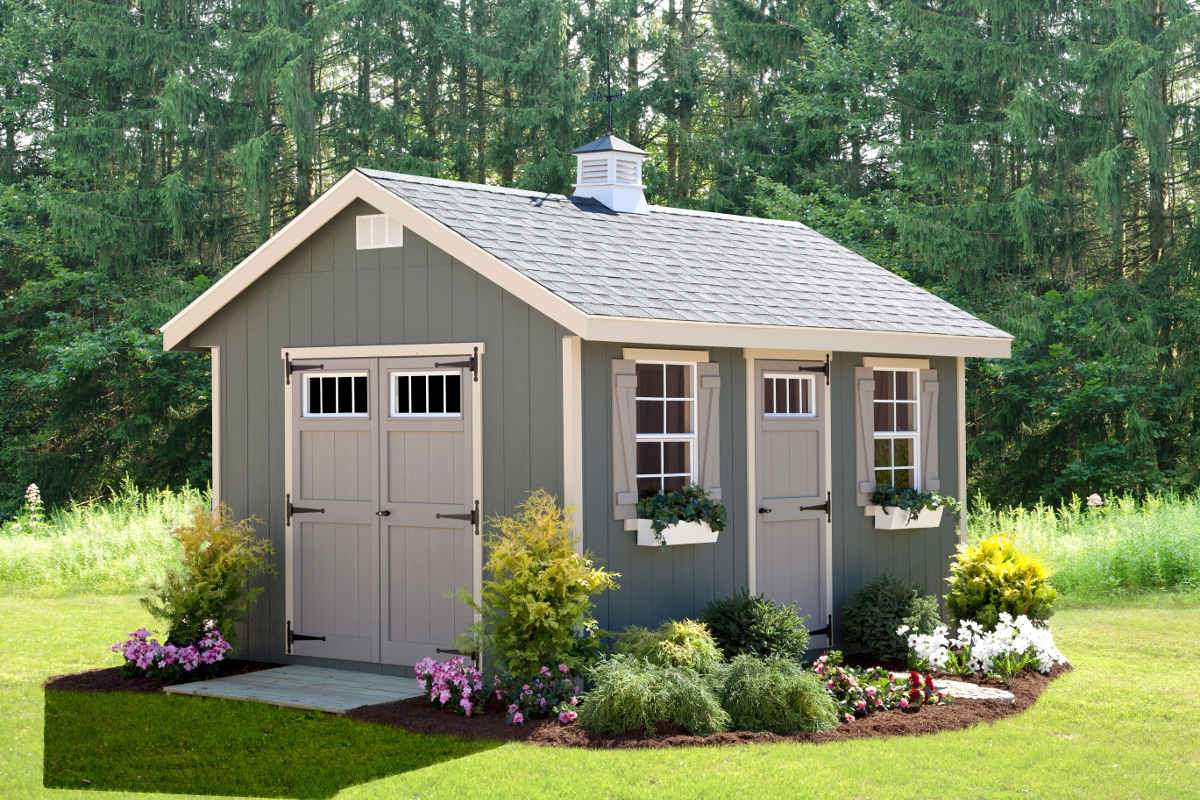
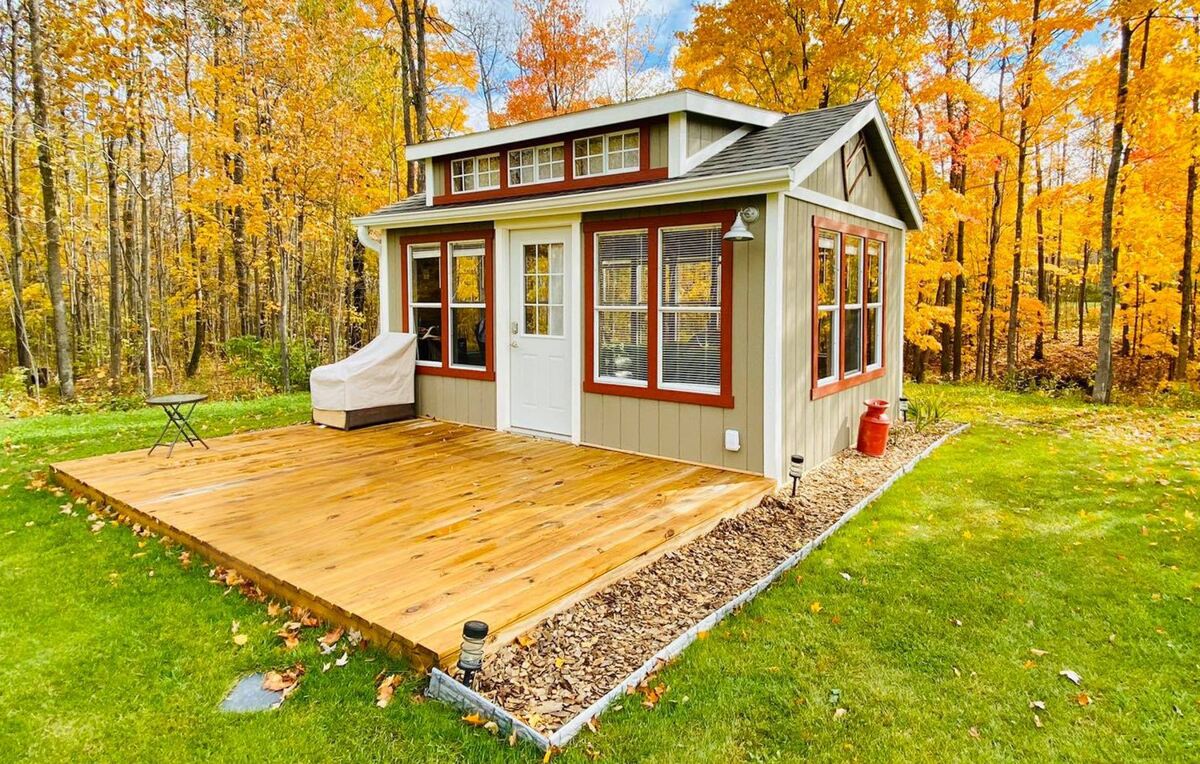
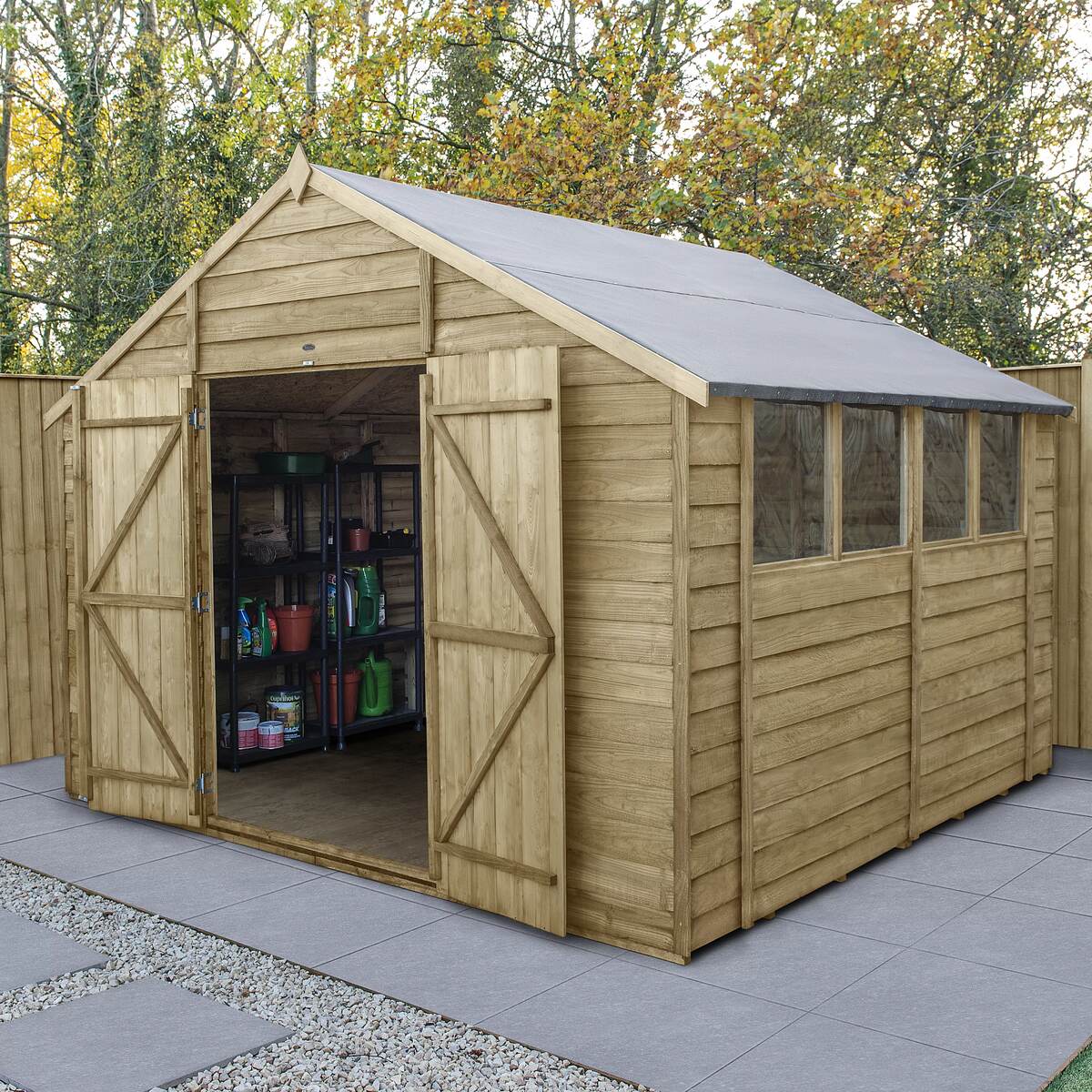
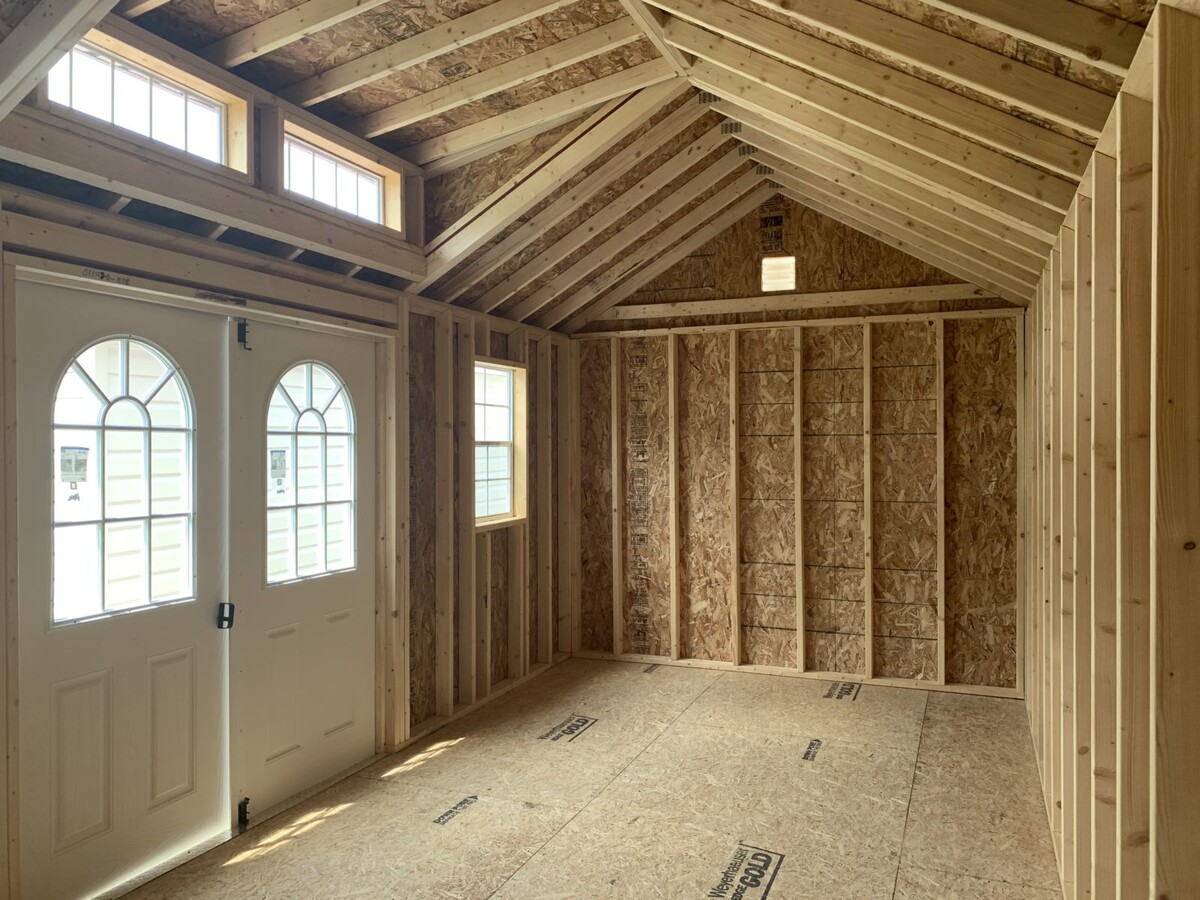
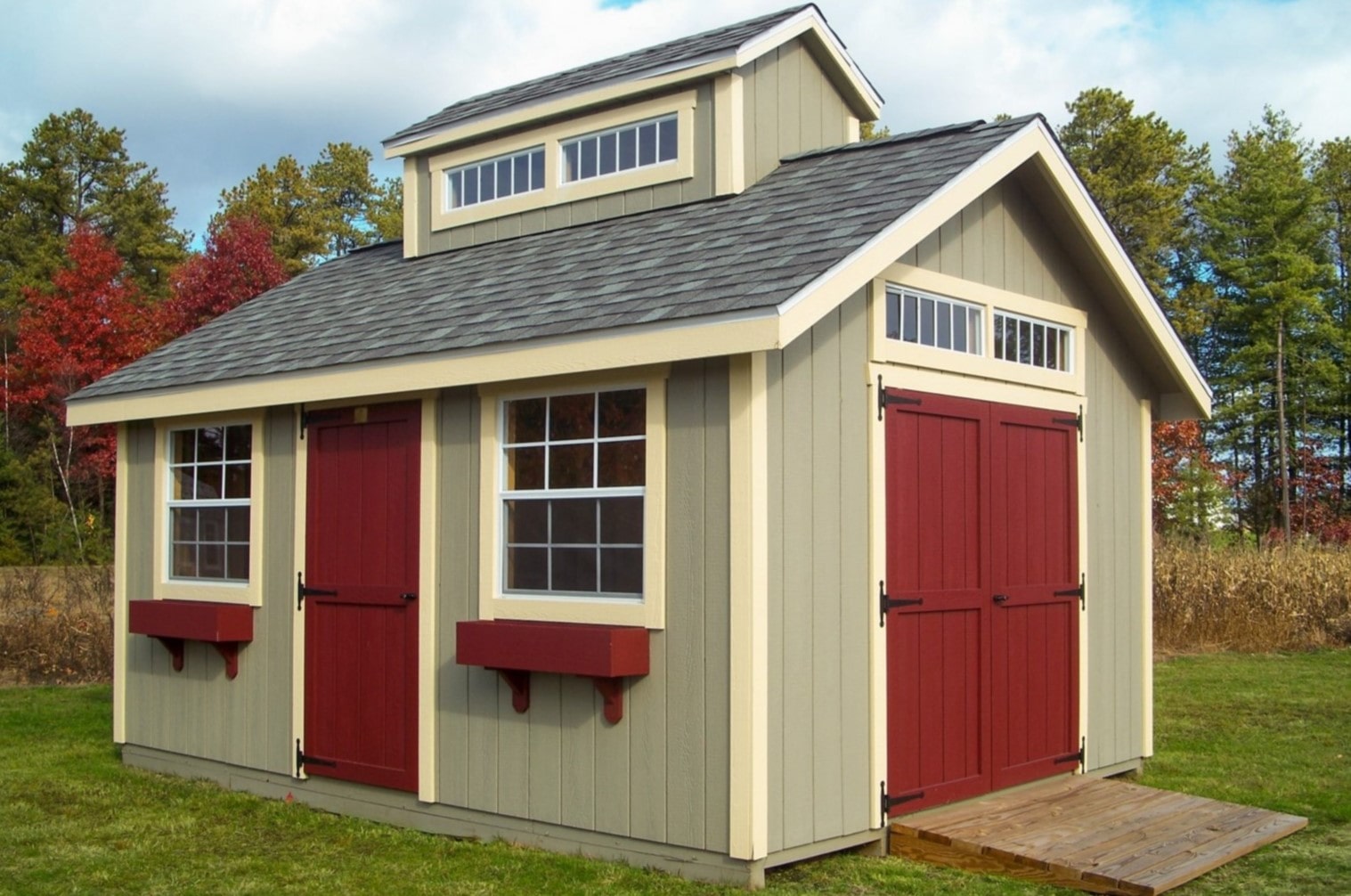
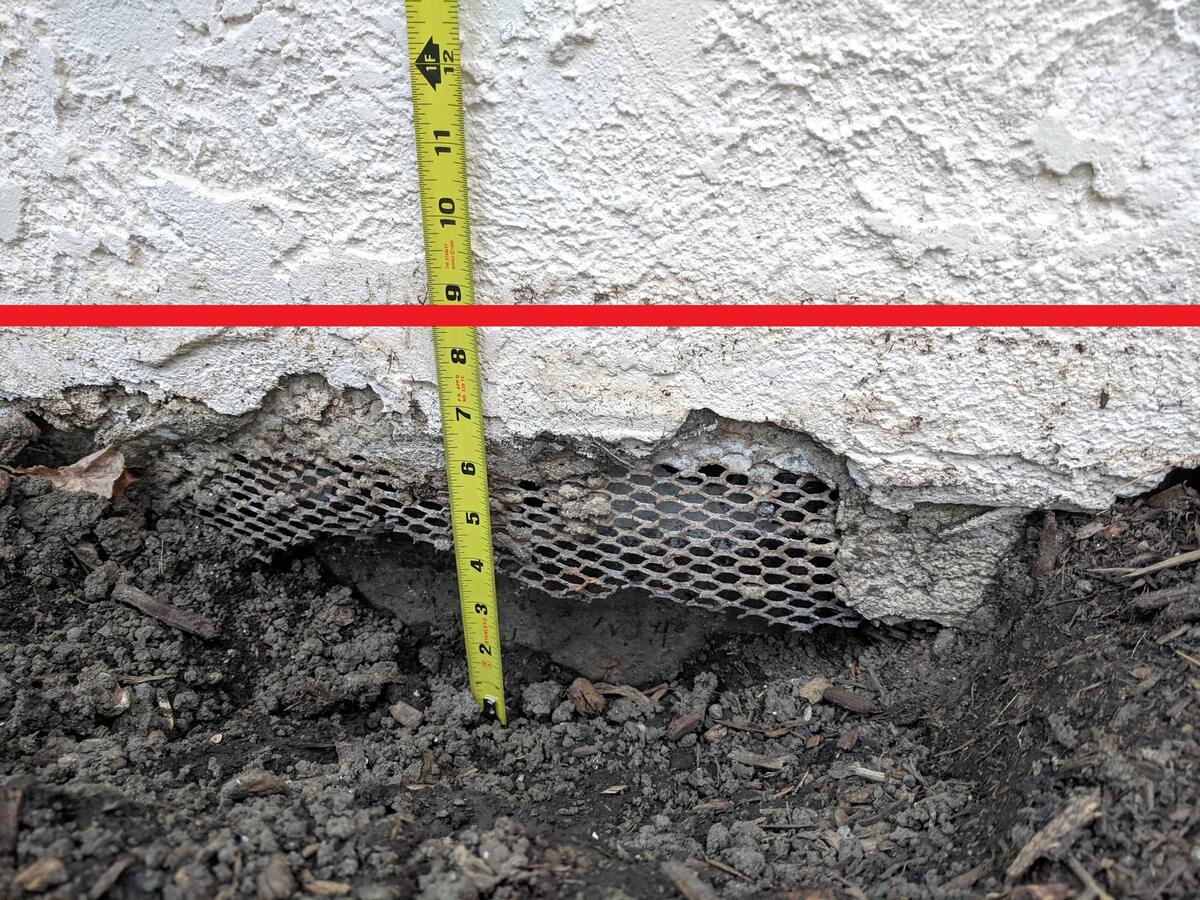
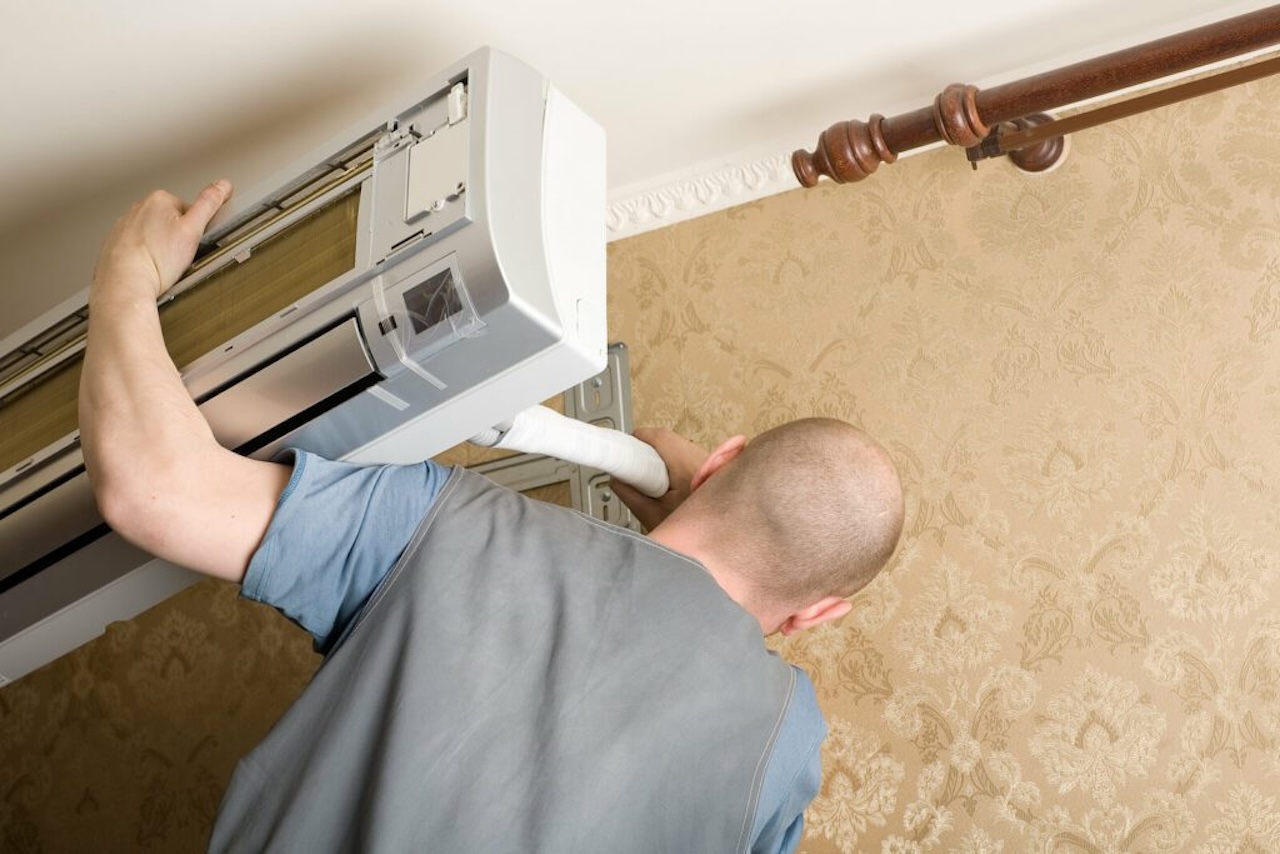
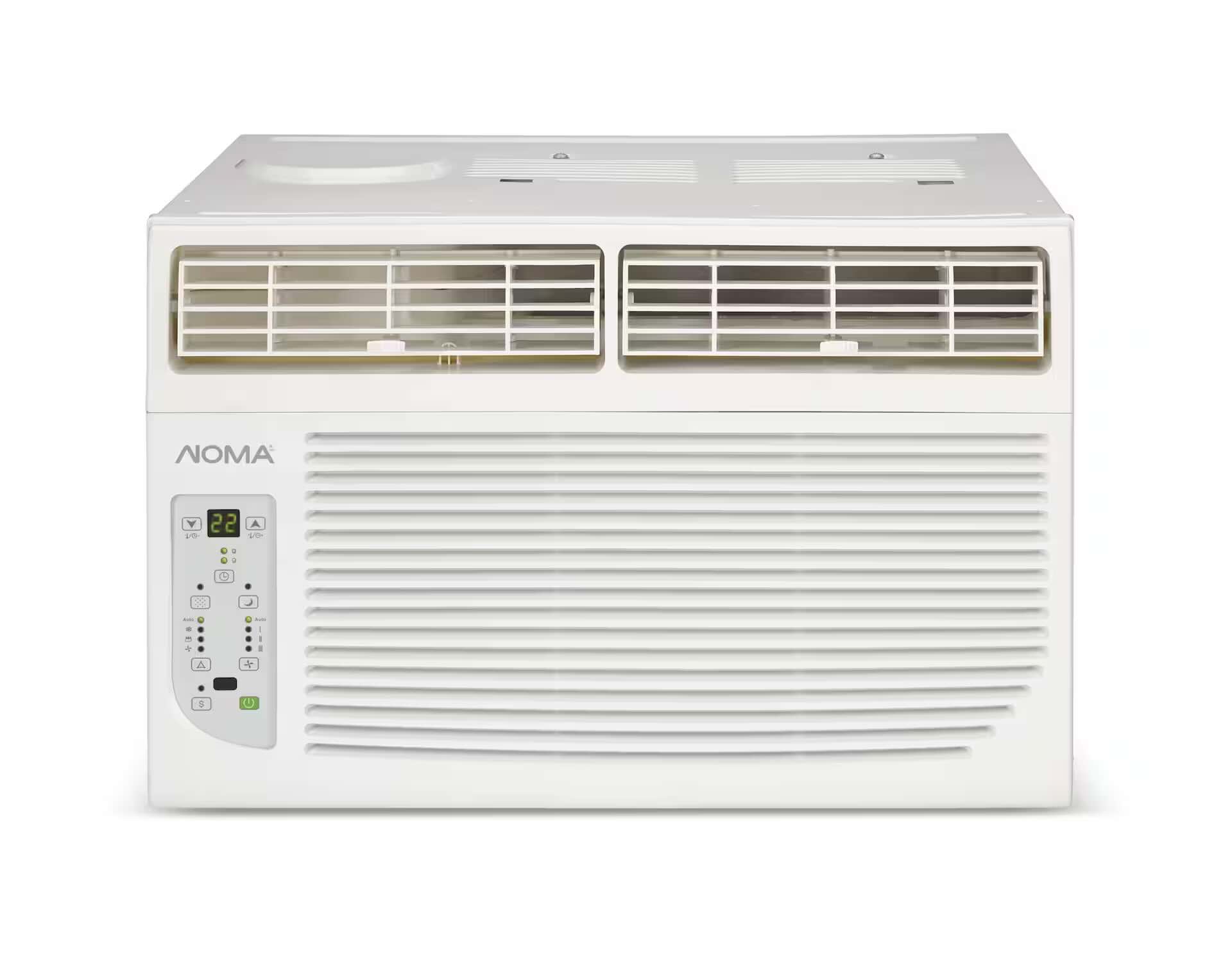


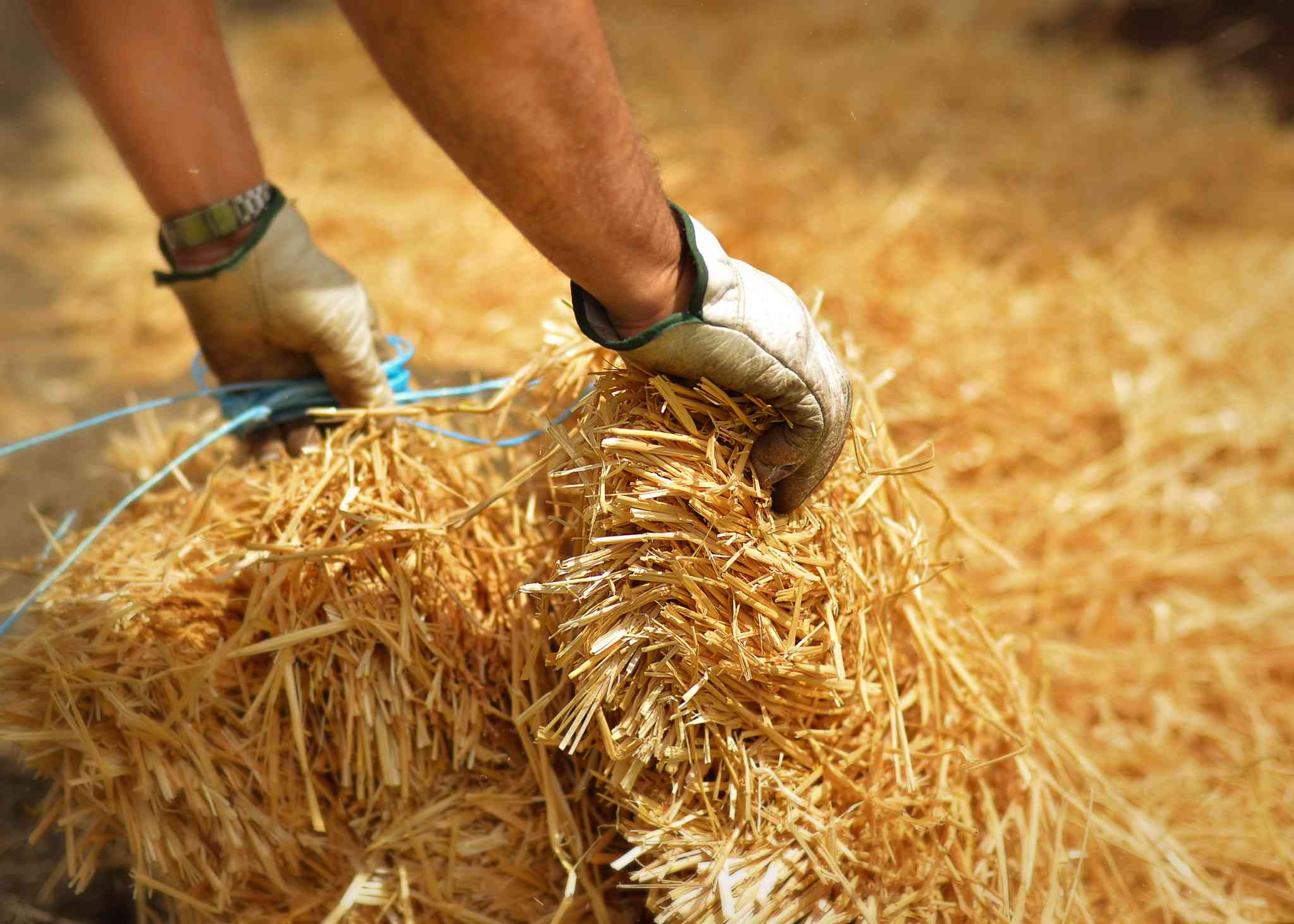

0 thoughts on “How Many Square Feet For Kitchen Backsplash”